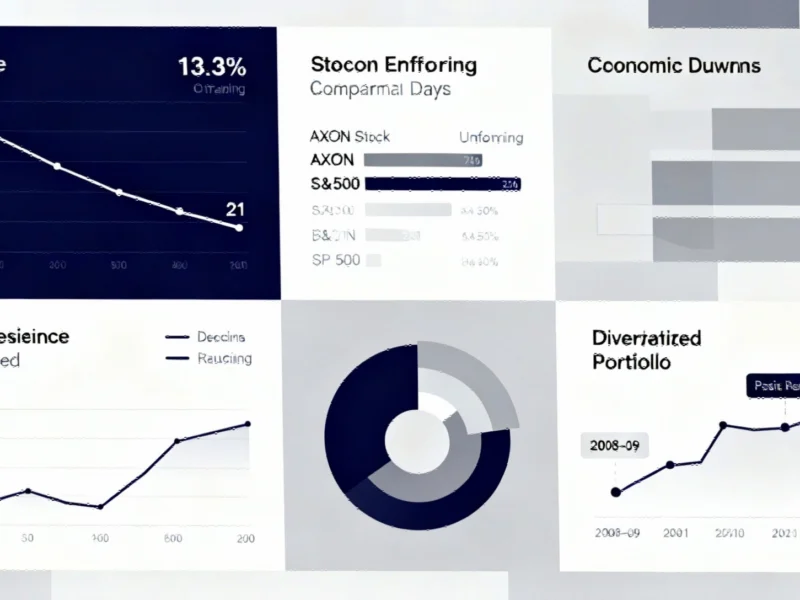Strategic Rebrand and Expansion
Nevada-based manufacturer B&J Industries has undergone a complete transformation, emerging as Future Form Manufacturing with ambitious expansion plans that sources indicate could triple daily production capacity. The rebranding effort appears strategically timed with the company’s physical growth, signaling a shift from regional operations to what industry analysts describe as enterprise-scale manufacturing capabilities.
Table of Contents
According to company statements, Future Form President Ben Thomas positioned the move as evolution beyond “regional company roots” toward shaping manufacturing’s future. The vision reportedly combines precision automation with human craftsmanship—a balance many industrial firms are attempting to strike as automation technologies advance while skilled labor remains valuable.
Substantial Physical Growth
The expansion centers on a newly leased 30,000 square-foot facility in Sparks, Nevada, located near the company’s existing headquarters. This development brings Future Form’s total production and warehouse footprint to nearly 100,000 square feet, with reports suggesting an additional 90,000-plus square feet is already in planning stages.
Industry observers note this scale of investment reflects confidence in sustained demand from key sectors. The additional warehouse and production space is expected to accommodate more advanced machinery and robotics, including Multi-Jet Fusion 3D printing capabilities that have become increasingly crucial for medical, defense and transportation applications.
Data Center Infrastructure Focus
Future Form’s growth appears directly tied to escalating demand from the data center industry. Company documentation reveals they now equip major data center operators with specialized infrastructure including tube forests, fire suppression doors for enhanced safety compliance, and custom enclosures designed for servers and related equipment.
Meanwhile, the medical division manufactures surgical table frames, testing equipment components, and other Class A finished parts in clean, automated environments. This dual-sector approach provides diversification while leveraging similar manufacturing competencies in precision engineering.
Industry Context and Implications
The timing of this expansion is particularly noteworthy given current supply chain challenges and growing demand for domestic manufacturing capacity. Future Form’s investment in Nevada positions them to serve Western U.S. markets efficiently while potentially reducing dependency on overseas suppliers for critical infrastructure components.
As data center construction continues accelerating to support cloud computing and AI workloads, specialized manufacturers like Future Form appear well-positioned to benefit. Their focus on precision-engineered solutions rather than commodity products creates a defensible market position that could prove valuable as industry competition intensifies.
The company’s trajectory from regional player to enterprise-scale manufacturer reflects broader trends in industrial modernization. With their expanded capabilities and strategic rebranding, Future Form Manufacturing seems poised to capitalize on the convergence of advanced manufacturing and critical infrastructure development.



